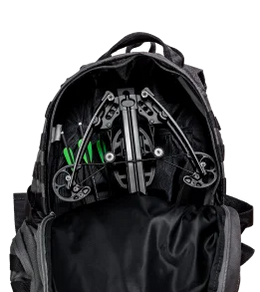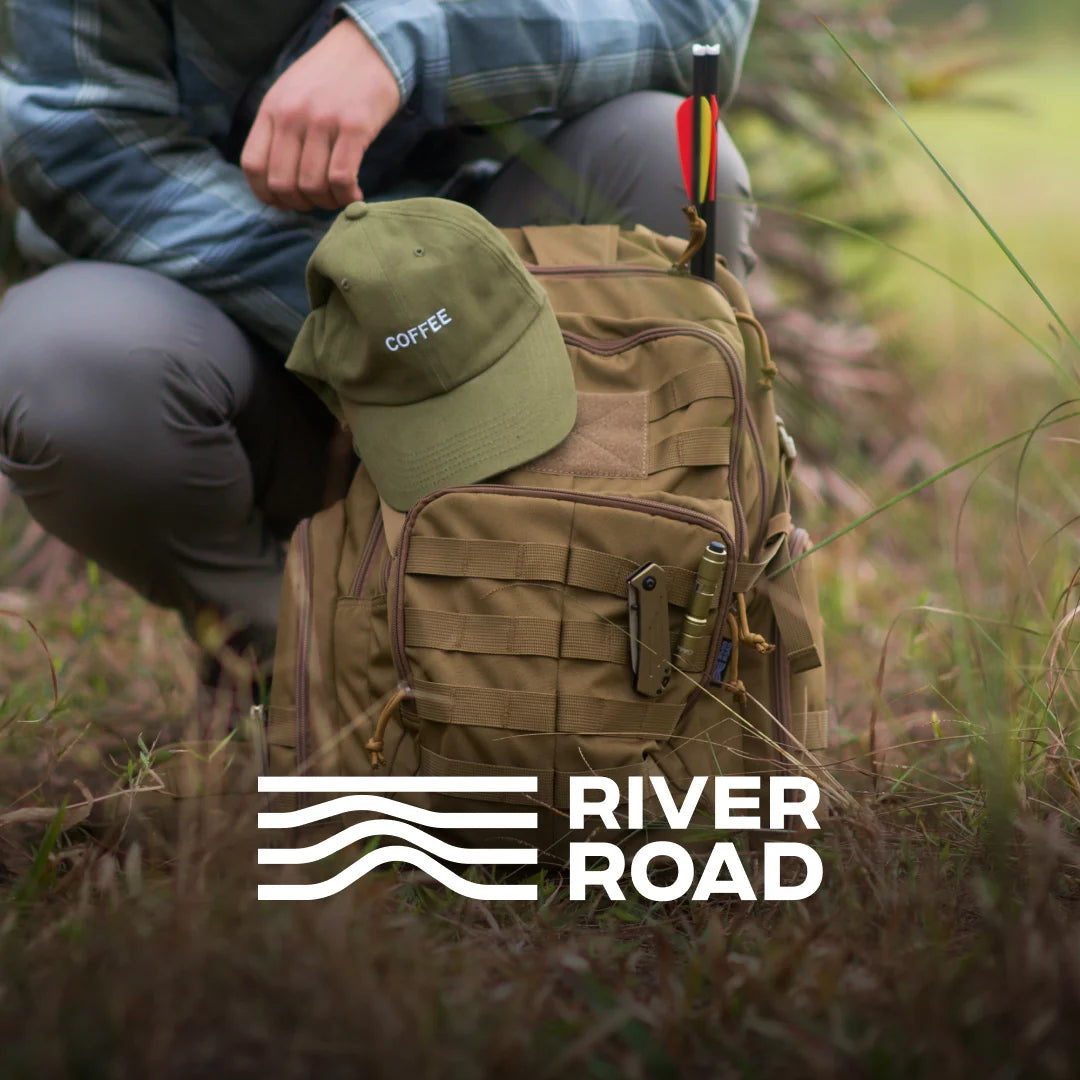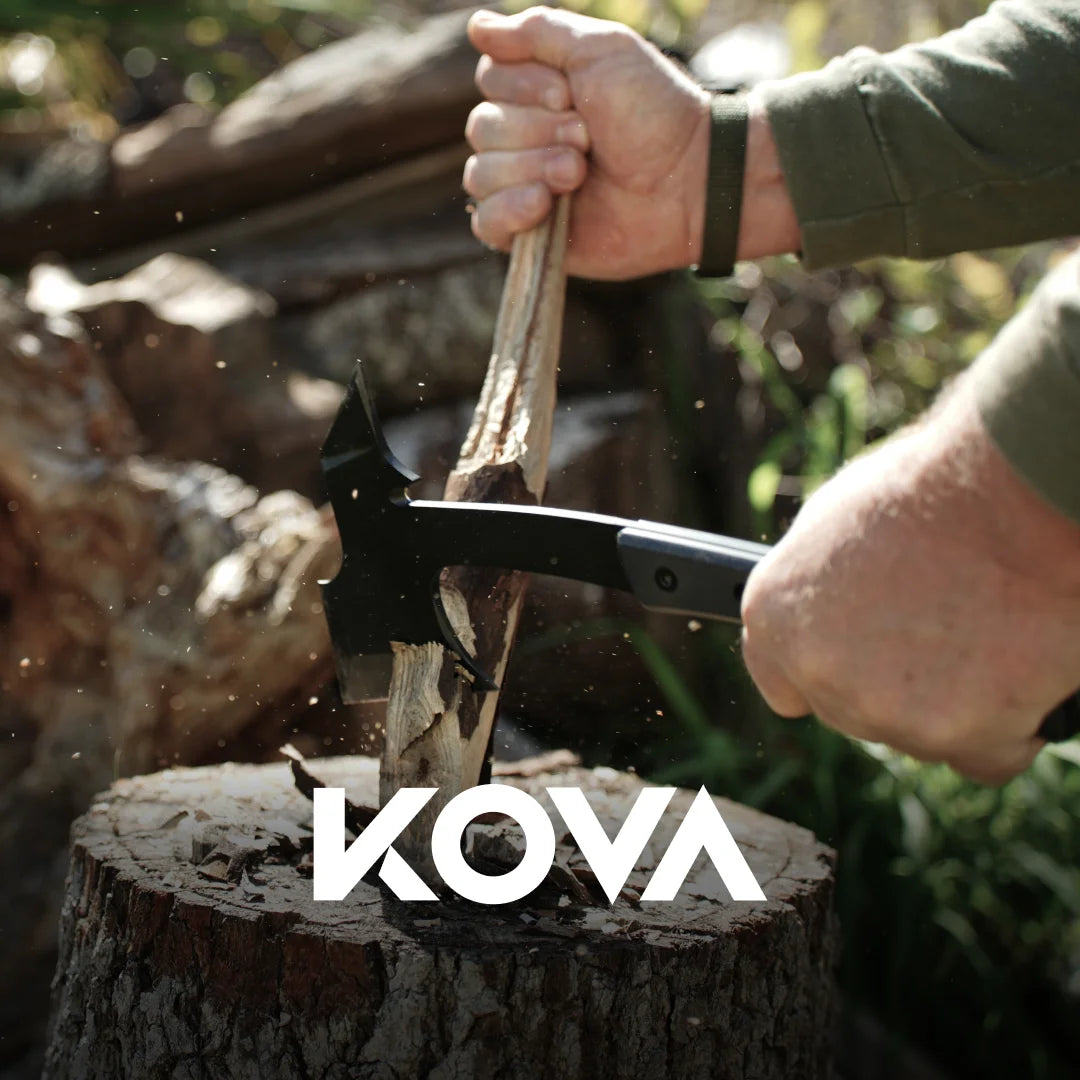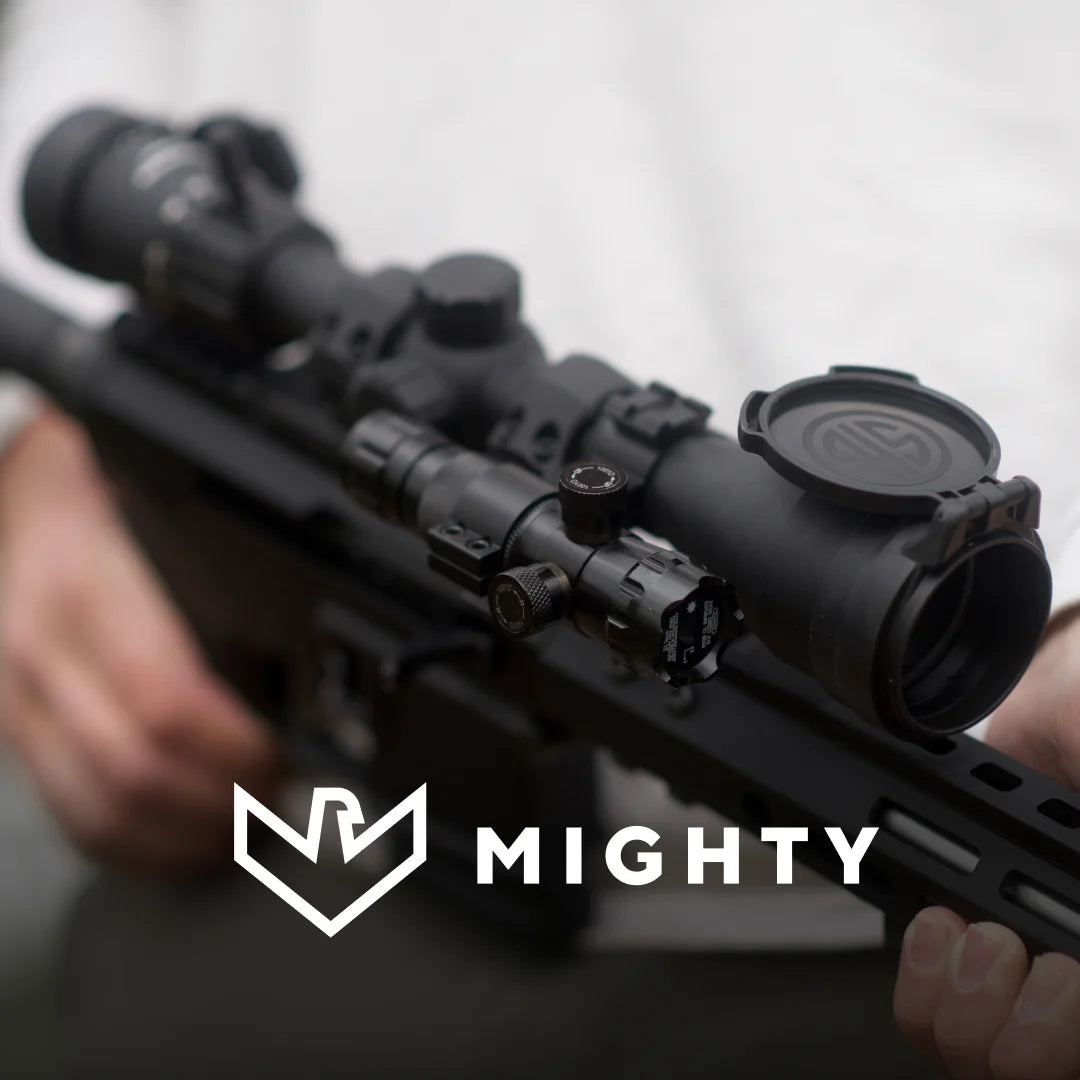
We Asked the most powerful AI model (OpenAI o3-pro) About Crossbow Hunting Errors. Here's Its Breakdown for Novices, Amateurs, and Vets.
AI Reveals: The Top Crossbow Hunting Mistakes to Avoid at Every Skill Level
To push the boundaries of hunting knowledge, we turned to technology's cutting edge. We gave OpenAI’s most powerful model, o3-pro, a simple prompt: "Research the main mistakes hunters make when using a crossbow. Break them down into three segments: frequent mistakes of the novice, mistakes of the enthusiast, and mistakes of the experienced hunter." The result was a stunningly detailed analysis.
Avoid costly errors on your next hunt. An advanced AI breaks down the most common crossbow hunting mistakes for beginners, enthusiasts, and seasoned veterans to improve your accuracy and success. This guide is a rewritten and expanded version of that AI-generated report, designed to be the ultimate field manual for every crossbow hunter.
Crossbows blend ancient archery principles with formidable modern engineering, offering a unique combination of power, stealth, and accuracy. However, this sophistication can hide pitfalls that lead to a ruined hunt, damaged gear, or serious injury. Let's dive into the comprehensive breakdown of these common crossbow errors.
Part 1: Novice Nightmares: The Top 7 Beginner Crossbow Mistakes
For those shouldering a crossbow for the first time, the learning curve can be steep. The AI model identified that most beginner crossbow mistakes stem from a lack of familiarity with the equipment and fundamental safety oversights.
1. Ignoring the Manufacturer's Manual
The Error: One of the most frequent yet easily avoidable flaws is failing to match your arrow (bolt) weight and broadhead to the manufacturer's specifications. Many beginners grab any bolt off the shelf, assuming "one size fits all."
The Consequences: This leads to poor accuracy, immense stress on the limbs, and can even cause catastrophic limb failure. Critically, it almost always voids your crossbow’s warranty.
The Fix: Your manual is your bible. Read it thoroughly. Use a digital grain scale to weigh your bolts and broadheads, ensuring the total arrow weight is within the recommended range for your specific model.
2. Uneven Cocking Technique
The Error: Using a cocking rope unevenly is a classic beginner move. A slight bias, even just 3-5 mm off-center, puts unequal pressure on the limbs.
The Consequences: The string can roll or jump off the rail during the shot, causing wild lateral drift in your groupings and inconsistent performance.
The Fix: Use a paint pen or a silver marker to put a small mark on the center of your string. Each time you cock the crossbowbow, ensure those marks are perfectly aligned with the center of the rail. For ultimate consistency, consider upgrading to a crank cocking device. For ultimate consistency, consider upgrading to a crank cocking device, or explore the lineup of Ballista hunting crossbows, where simplified cocking systems come as a standard feature.
3. Poor Trigger and Safety Discipline
The Error: Keeping your finger on or near the trigger while cocking, loading, or carrying the crossbow.
The Consequences: This habit is a direct path to an accidental discharge, which can cause devastating injury to your hand, foot, or a hunting partner. Never dry-fire a crossbow, as this can instantly destroy the limbs.
The Fix: Adopt the mantra: “Finger floats until the sights are on the target.” This is one of the most critical crossbow safety rules. Practice this discipline until it becomes pure muscle memory.
4. Unrealistic Sight-In Practices
The Error: Zeroing your scope in a comfortable, 10-yard indoor range and assuming that accuracy will translate to field conditions.
The Consequences: You will almost certainly miss your target at typical hunting distances of 30-40 yards due to the bolt's natural trajectory arc.
The Fix: Establish your baseline zero at 20 yards outdoors. Then, confirm your holds at 30, 40, and even 50 yards. Document the bolt drop at each distance and create a range card.
5. The "Day-Of" Broadhead Switch
The Error: Practicing exclusively with field points all season and then screwing on your hunting broadheads on opening day.
The Consequences: The different aerodynamics of a broadhead can shift your point of impact by 3-6 inches or more, leading to a miss or, worse, a wounded animal.
The Fix: You must practice with the exact broadheads you plan to hunt with. Begin group-testing your hunting heads at least two weeks before the season starts to identify any accuracy problems and re-sight your scope if necessary.
6. Poor Shot Selection
The Error: Taking shots at moving game, or at animals angled towards you (quartering-to).
The Consequences: These low-percentage shots are unethical and often result in wounded, unrecovered game.
The Fix: Learn deer anatomy and be patient. Wait for a broadside or slight quartering-away angle to ensure a clean pass-through of the vital organs. Limit your shots to a maximum distance you are 100% confident in, which for most beginners should be under 35 yards.
7. Impatient Game Recovery
The Error: Seeing the animal bolt after the shot and immediately climbing down from your treestand to give chase.
The Consequences: You can "bump" a mortally wounded animal, forcing it to run further on pure adrenaline and leaving a sparse blood trail.
The Fix: Wait. Mark the animal's last known location and listen. For a suspected lung hit, wait at least 30 minutes. For a liver or gut shot, you may need to wait 4-6 hours. Patience is key to a successful recovery.
Part 2: The Enthusiast's Errors: When Confidence Becomes a Crutch
The intermediate hunter, or "weekend warrior," owns quality gear and has some experience. Their mistakes are often more strategic and born from overconfidence in their equipment.
Overconfidence in Crossbow Speed
Modern crossbows boasting 400+ FPS are impressive, but speed can be a trap. Many enthusiasts assume a flat trajectory eliminates the need for precise ranging, leading them to miss high or low beyond 35 yards. They may also choose ultra-light bolts to chase speed, resulting in loud shots and poor penetration on tougher game like hogs or elk.
Correction: Always use a laser rangefinder—preferably one with angle compensation—for every shot. Use the manufacturer's recommended bolt weight (typically 400-450 grains) for a quieter shot and better kinetic energy.
Neglecting String and Cable Maintenance
This is a huge area of failure. After the first season, many hunters stop regularly waxing the string, inspecting the center serving for separation, or checking for hairline cracks in the limb pockets. This neglect leads to accuracy drift, premature wear, and potential catastrophic failure.
A Simple Maintenance Schedule:
- Wax your string and cables every 50-75 shots with a quality string wax.
- Inspect servings before every hunt.
- Have your strings and cables professionally replaced every two years or 300 shots, whichever comes first. For more details, consult an expert at a local pro shop or check out authoritative resources like the Archery Trade Association.
Part 3: The Veteran's Pitfalls: Fighting Complacency and Time
A veteran hunter’s muscle memory is a powerful asset, but it can also breed stubborn habits that clash with evolving technology, regulations, and their own physiology.
Complacent Scouting and Patterning
Relying on "the old reliable" stand year after year is a common trap. Bedding areas shift, food sources change, and hunting pressure alters animal movement. The AI noted this as a key strategic error.
Adaptation: Embrace modern tools. Use satellite maps during postseason scouting. Run trail cameras in new locations starting in July. Be willing to abandon a legacy stand for a more promising spot.
Ignoring Evolving Regulations
Crossbow laws can change annually. A seasoned hunter might get fined for using a newly-banned accessory (like lighted nocks in some regions) simply because they didn't check the latest state DNR updates.
Best Practice: Crossbow laws can change annually. To make staying compliant easy, we've created a comprehensive Crossbow Regulations Guide for the USA. Our page provides the latest rules and includes direct links to the official wildlife service website for each state, so you always have the most current information.
Over-Tuning and Last-Minute Tinkering
Experience invites experimentation, but last-minute changes are a recipe for disaster. This includes swapping broadhead styles without re-sighting or making "minor" scope adjustments in camp, thereby losing your precise zero.
The Rule of Two: Finalize all gear changes by August 15th. After that, lock in your setup and focus on practice. Take a "baseline" photo of your sighted-in scope turrets and settings as a backup.
Acknowledging Aging Physiology
Draw weights may be static, but human strength isn't. A subtle tremor can affect an off-hand shot, and slower cocking can increase fatigue.
Smart Adaptations: Shift to a crank cocking device to ensure perfect alignment and reduce strain. Introduce simple resistance-band exercises in the offseason to maintain shoulder and back strength.
Final Analysis: The Common Thread in All Crossbow Mistakes
Across all skill levels—from the greenhorn to the grizzled expert—the AI’s analysis revealed that the root causes of crossbow hunting mistakes trace back to three core themes:
- Equipment Ignorance: Not fully understanding how your gear works and how to maintain it.
- Discipline Decay: A lack of patience in shot selection, shot execution, and game recovery.
- Resistance to Adaptation: A failure to adapt to changes in technology, regulations, animal patterns, and your own physical abilities.
By honestly identifying which tier of mistakes you are most prone to, you can create a clear plan for improvement.
P.S. The ultimate mistake is not learning from the errors of yourself and others. The most advanced tool you can bring to the field is knowledge. Arm yourself with that first. Then, ensure your gear is just as reliable.
Ready to eliminate equipment errors and hunt with confidence? Explore our full range of Ballista Hunting Crossbows and Accessories, engineered for precision, safety, and success.







